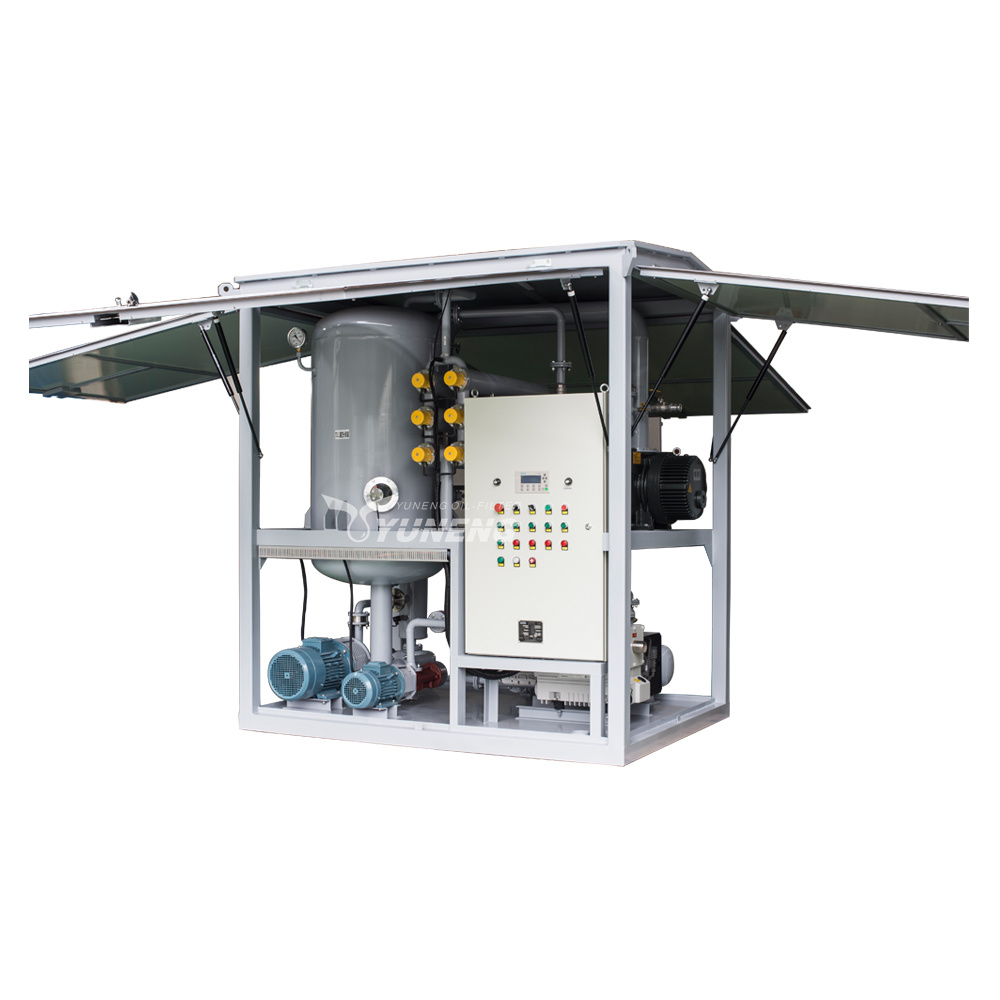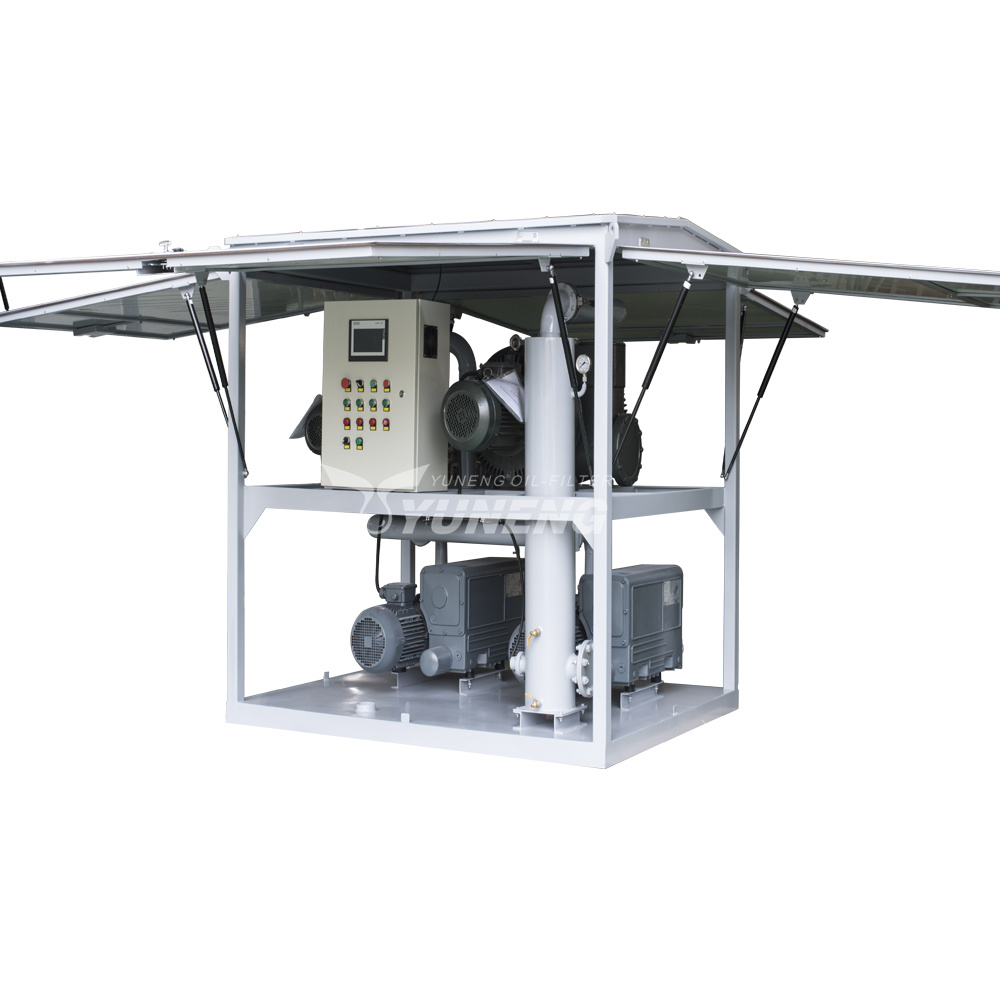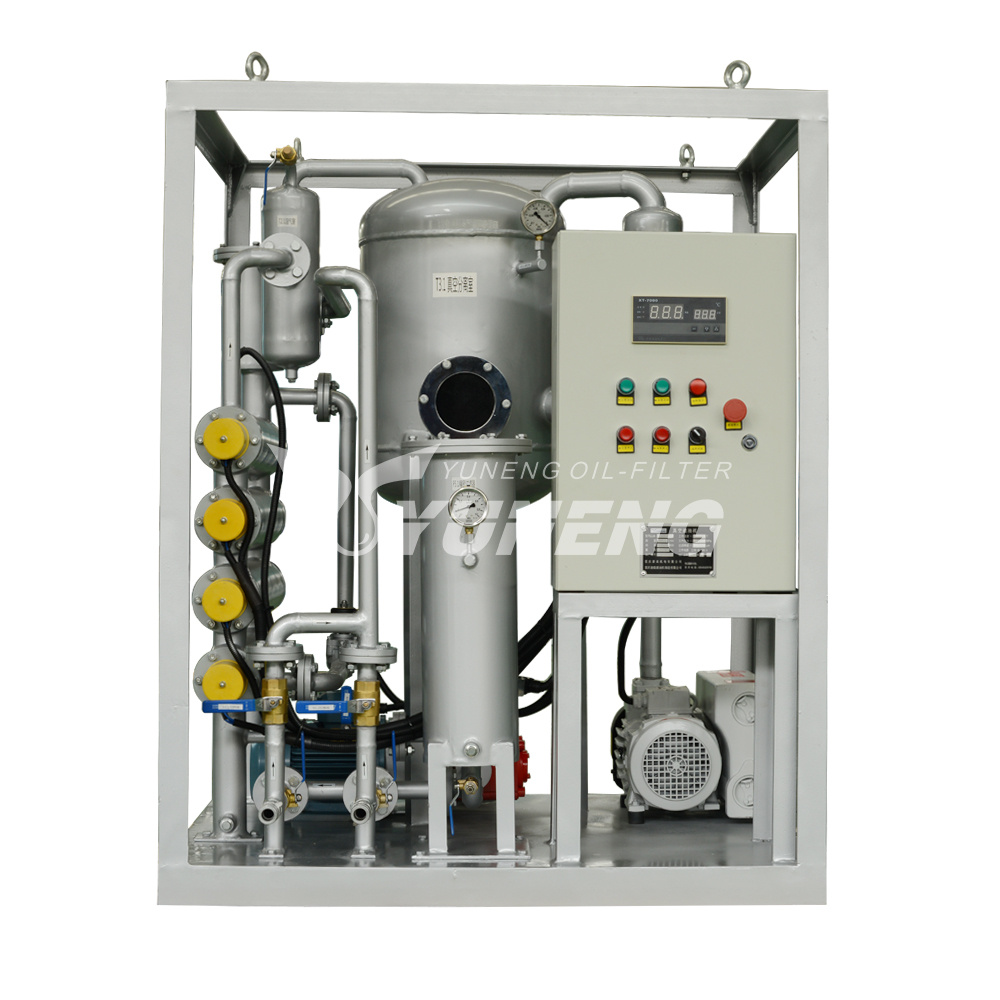Why is transformer oil purification essential?
Transformer oil deterioration and degradation describe the adverse physical and chemical processes within the insulating liquid over its lifetime which negatively impacts its performance and longevity.
Transformer oil deterioration must be minimized
The largest share of load bearing transformers operated around the world is filled with liquid – called the transformer oil. The transformer oil used in most transformers is a type of petroleum-based hydrocarbon which has been chosen due to its high dielectric strength and chemical stability.
Transformers in power distribution and transmission have to function reliably and as efficient as possible for many years to recoup the high upfront costs. For a long and efficient lifetime of the transformer, the quality of the transformer oil plays a key role. The quality of the mineral oils and other dielectric fluids decreases during operation due to deterioration of the liquids.
Transformer oil deterioration is caused by moisture and oxidation
Deterioration is mainly due to contamination, overheating, electrical stress, and oxidation. There are two main mechanisms occurring in the transformer oil during operation which cause deterioration.
The most common mechanism causing deterioration is moisture contamination. Moisture, and hence water, is present in the transformer oil as tiny droplets (emulsion) or free water at the bottom (demulsified water). Demulsified water contamination can be easily handled by extracting it through filtering or centrifugal treatment. The removal of emulsified water requires vacuum dehydration.

Both the emulsified and demulsified form of water have profound effects on the insulating properties of the transformer oil as they reduce the dielectric strength of the liquid. Some of the dissolved water also gets absorbed over time by the paper insulation of the transformer which badly affects the insulation’s properties. This water content in the paper insulation is especially difficult to remove. Removing the moisture requires drying out with heat and vacuum.

The second, less common deterioration occurs because of oxidation. This type of transformer oil deterioration is slower than that caused by moisture alone, but its effects can be more serious.
Oxidation results in acids in the transformer oil as well as increased formation of sludge. The oxidation speed highly depends on temperature. Transformers operated in high temperature climates, therefore, are especially susceptible to this type of oxidation.
To keep oxidation to a minimum, oxygen must be excluded from the transformer as much as possible. Oxygen can interact with the transformer’s inner workings as atmospheric oxygen and as oxygen occurring in moisture. Therefore, gaskets and seals must be maintained regularly and the water content needs to be kept as low as possible through vacuum dehydration using oil purifying plants.

The ageing of the transformer and especially its paper insulation can be minimized by preventing the deterioration of the transformer oil and thus extending the transformer’s life expectancy significantly.

